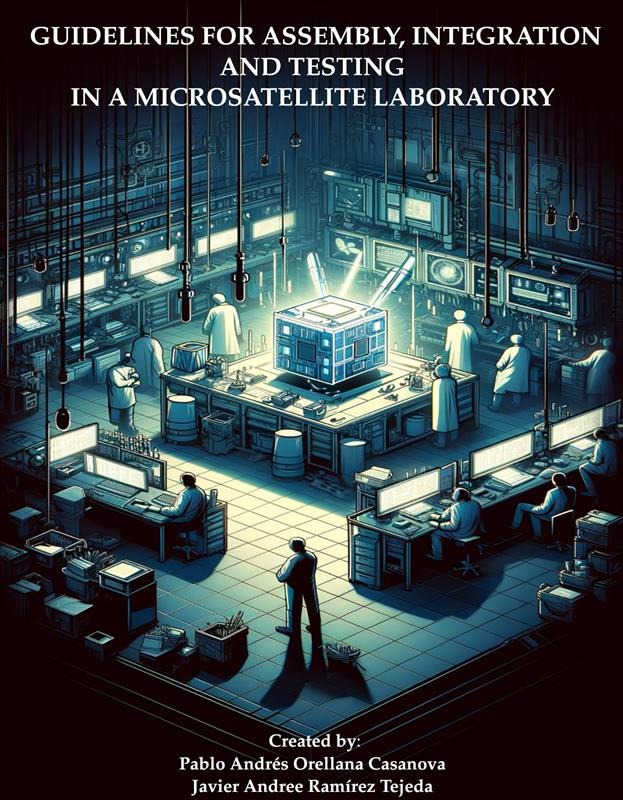
Guidelines For Assembly, Integration and Testing in a Microsatelite Laboratory
Orellana Casanova, Pablo Andrés
Ramírez Tejeda, Javier Andree
Editorial:Ramírez Tejeda, Javier Andree
Materia:Ciencias espaciales
Público objetivo:General
Publicado:2025-03-14
Número de edición:1
Tamaño:12Mb
Precio:$30.000
Soporte:Digital
Formato:Amazon Kindle
Idioma:Español
Inglés
Libros relacionados
Reseña
The document provides detailed insights into the concept and practices surrounding compliance within the context of microsatellite assembly, integration, and testing (AIT) in a laboratory setting. Compliance, in this scenario, refers to the adherence to established practices, standards, and regulations that govern the AIT process for microsatellites. It encompasses a broad range of considerations, including but not limited to, safety protocols, environmental regulations, quality standards, and specific technical requirements relevant to the assembly, integration, and testing phases of microsatellite development.
The idea behind compliance in a microsatellite AIT laboratory setting is multifaceted, focusing on ensuring operational safety, product quality, and reliability of the microsatellites. It involves implementing rigorous testing procedures to validate the design and functionality of the microsatellites against the demanding conditions of space operations. This includes environmental testing (e.g., thermal vacuum, vibration, and acoustic tests) to simulate space conditions, as well as electromagnetic compatibility (EMC) testing to ensure that microsatellite operations do not interfere with other space or terrestrial systems.
Compliance also extends to the management of the laboratory environment, ensuring it meets the clean room standards (ISO 14644-1 classifications) necessary for the sensitive nature of satellite assembly. This includes controlling particulate matter, temperature, humidity, and maintaining a contamination-free environment to prevent any potential damage to the microsatellites' sensitive components.
Additionally, compliance involves adhering to international regulations and quality standards, ensuring that the microsatellites are built and operated in a manner that is consistent with global best practices. This includes following guidelines for safety and sustainability in the development of microsatellites, such as those related to the minimization of space debris and the safe deorbiting of satellites at the end of their operational life.
In summary, the purpose and idea of compliance in a microsatellite AIT laboratory are to ensure that every aspect of the assembly, integration, and testing processes is conducted in accordance with established standards and practices. This is crucial not only for the safety and success of the microsatellite missions but also for the sustainability and responsible use of space.




